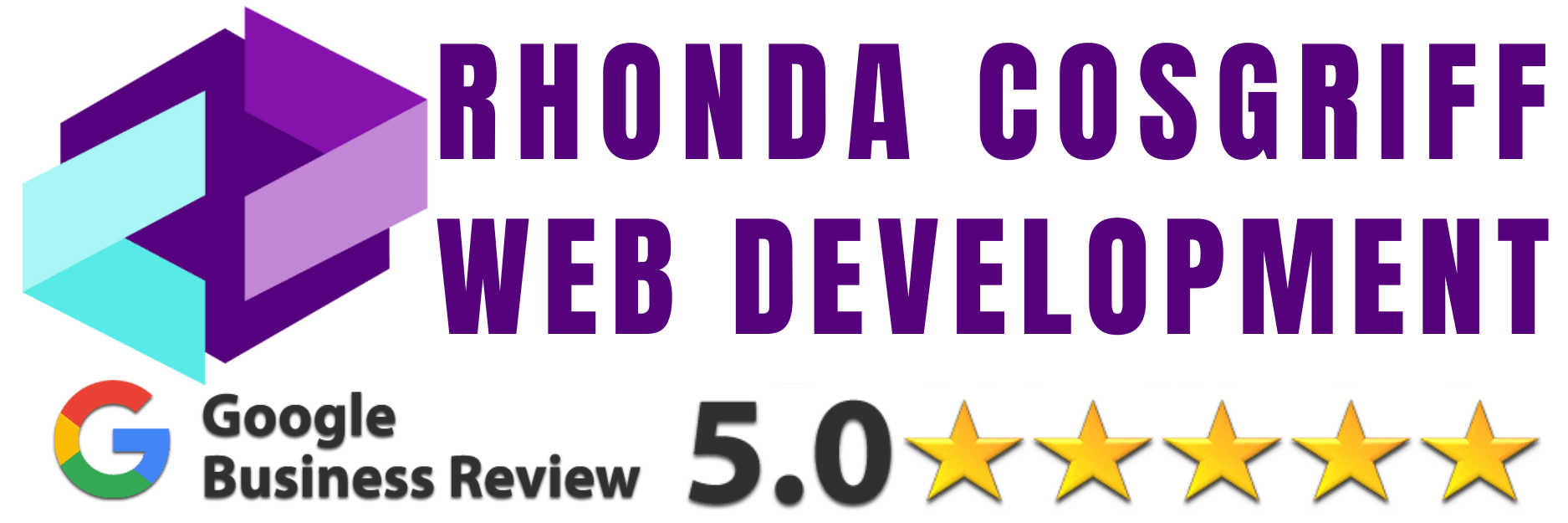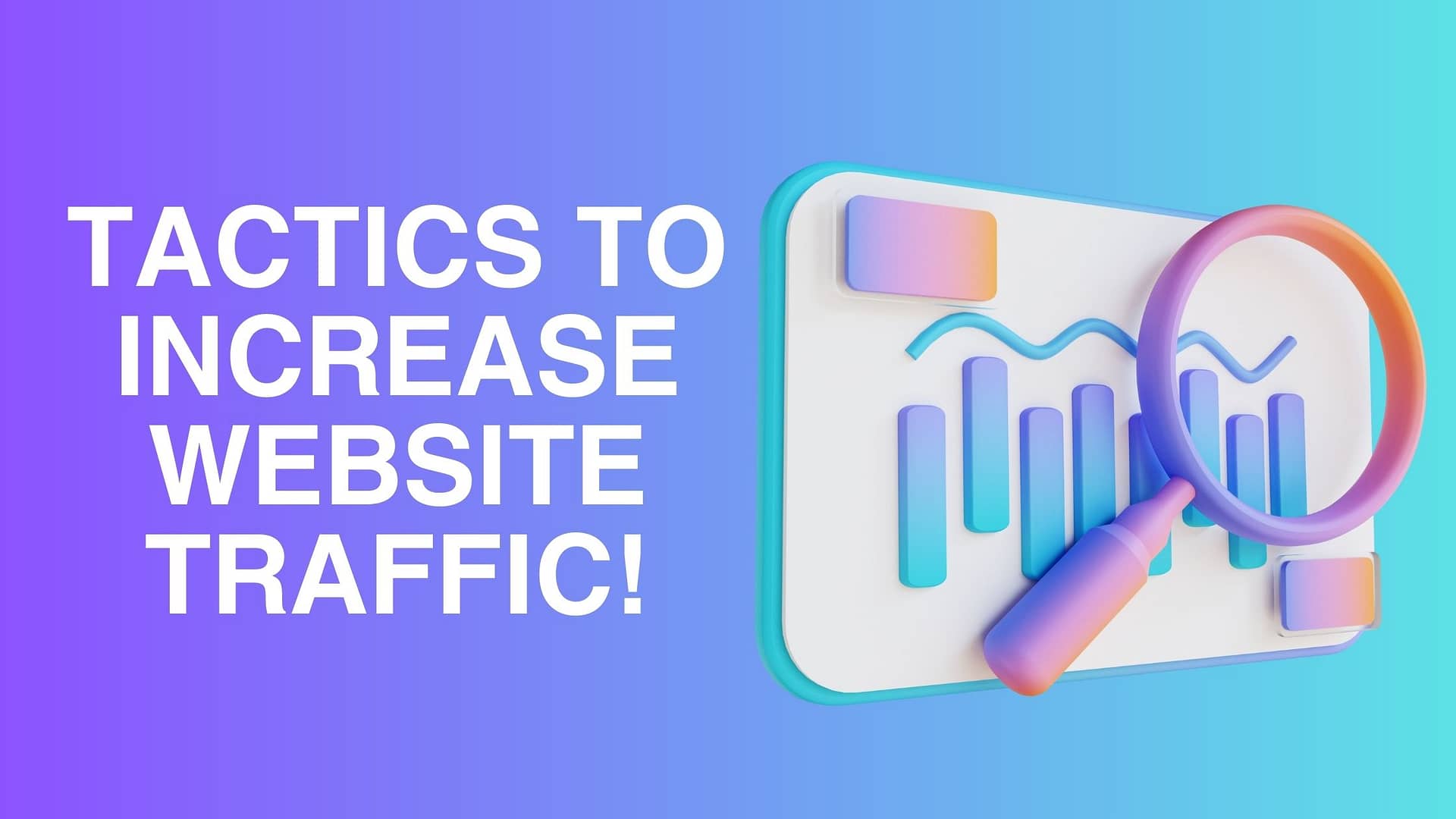Admit it – in today’s digital era, a well-crafted website is a vital asset for your business’s success. It stands as your virtual storefront, and making it inviting and user-friendly is paramount. However, it’s not merely about aesthetics. The design of your website holds immense power over your conversion rates and the overall user experience. The great news is, we’re here to present 10 indispensable design pointers that will help you halt customer loss and drive increased conversions. So, relax, grab your preferred drink, and let’s embark on crafting a website that not only boasts a captivating design but also yields outstanding results for your business.
Mobile-First Design
 Welcome to the age of smartphones and tablets! The usage of mobile internet has surged in recent years and continues to rise. This emphasizes the importance of ensuring your website is user-friendly on a variety of devices and screen sizes. How do you achieve this? By embracing a mobile-first design strategy.
Welcome to the age of smartphones and tablets! The usage of mobile internet has surged in recent years and continues to rise. This emphasizes the importance of ensuring your website is user-friendly on a variety of devices and screen sizes. How do you achieve this? By embracing a mobile-first design strategy.
Mobile-first design involves crafting your website with a primary focus on mobile devices right from the beginning. This guarantees a seamless user experience across a spectrum of devices, encompassing desktops, laptops, tablets, and smartphones. To accomplish this, employing a responsive design that automatically adjusts to the user’s screen size is crucial.
When your website not only looks fantastic but also operates smoothly on mobile devices, you enhance the user experience and significantly boost the potential for turning visitors into customers. Rest assured, your mobile users will appreciate your efforts!
Simple and Intuitive Navigation
Picture stepping into a store where items are scattered everywhere, and there’s no clear organization. Chances are, you’d turn around and walk right out, wouldn’t you? The same concept applies to your website. A confusing and disorganized website is a guaranteed way to lose potential customers. That’s why it’s vital to establish straightforward and user-friendly navigation for your website.
To begin, ensure your main menu is easily visible and simple to comprehend. Use clear labels that precisely represent the content on each page. Avoid using complex jargon or overly creative titles that might puzzle your visitors. Additionally, it’s important to structure your main menu in an organized manner based on a clear hierarchy. Incorporating all of your services directly into the main navigation can make it appear cluttered and overwhelming, especially on various desktop sizes. Consider employing categories or dropdown menus for a more organized approach.
For extensive websites, think about incorporating a search feature that enables users to quickly locate the information they need. This can be a lifesaver for users who are pressed for time or have a specific query in mind. Another effective option is to create a mega menu, which allows you to include more than 4-6 items in your navigation while maintaining a structured and easily understandable layout.
By ensuring a user-friendly navigation experience, you’ll simplify the exploration process for your visitors, aiding them in finding what they seek and, ultimately, boosting the chances of converting them into loyal customers. So, stick to simplicity, maintain organization, and observe those conversion rates soar!
Consistent Branding and Visual Identity

Think of your website as an extension of your brand—it should mirror your distinctive visual identity. Uniform branding across your website not only presents a unified and professional image but also fosters trust and recognition among your audience. To achieve this, ensure that the design elements of your website align seamlessly with your brand’s colors, fonts, and overall style.
 Begin by establishing a cohesive color palette that resonates with your logo and marketing materials. Strategically incorporate these colors throughout your website, in elements like headers, buttons, and backgrounds. Following this, opt for one or two complementary fonts that mirror your brand’s essence and are easy to read. Apply these fonts consistently across all text elements on your website.
Begin by establishing a cohesive color palette that resonates with your logo and marketing materials. Strategically incorporate these colors throughout your website, in elements like headers, buttons, and backgrounds. Following this, opt for one or two complementary fonts that mirror your brand’s essence and are easy to read. Apply these fonts consistently across all text elements on your website.
 Remember to harmonize other design elements, such as icons, images, and graphics, with your brand’s visual identity. Creating a Brand Guide will be instrumental in maintaining a consistent appearance across all platforms. By upholding uniform branding and a cohesive visual identity on your website, you’ll craft a memorable experience for your visitors, significantly increasing the likelihood of them converting into valued customers.
Remember to harmonize other design elements, such as icons, images, and graphics, with your brand’s visual identity. Creating a Brand Guide will be instrumental in maintaining a consistent appearance across all platforms. By upholding uniform branding and a cohesive visual identity on your website, you’ll craft a memorable experience for your visitors, significantly increasing the likelihood of them converting into valued customers.
Create a Comprehensive Sitemap for Content Creation
Prior to immersing yourself in content creation for your website, it’s vital to have a well-defined and structured plan. A sitemap acts as a visual representation of your website’s framework, delineating the structure of your pages and illustrating their connections. Beyond aiding search engines in efficient crawling and indexing, a sitemap provides a robust foundation for crafting content that is pertinent and captivating.
When developing a sitemap, initiate by listing all the primary pages of your website—such as the homepage, product pages, and contact page. Next, consider the secondary pages that support these primary ones, like blog categories, FAQs, or case studies. Arrange these pages in a hierarchical manner, grouping related ones together.
Once you’ve established a coherent structure for your website, leverage the sitemap to steer your content creation endeavors. Identify any content gaps and brainstorm new topics or pages that would enhance value for your visitors. This methodical approach guarantees well-organized, comprehensive content that is easily navigable for both users and search engines.
With your sitemap in hand, you’ll be in a better position to craft targeted, pertinent content that captivates your visitors and entices them to delve deeper into your website—ultimately resulting in heightened conversion rates.
Fast Page Load Speed
 Have you ever closed a browser in frustration because a website took forever to load? You’re definitely not alone. We live in a world that moves at lightning speed, and people have grown accustomed to accessing information almost instantaneously. When a website drags its feet in loading, it can be immensely irritating for users, and you can be sure they won’t stick around for long. Research has even shown that a mere one-second delay in page load time can cause a significant drop in conversions. This emphasizes the critical need to ensure your website loads swiftly.
Have you ever closed a browser in frustration because a website took forever to load? You’re definitely not alone. We live in a world that moves at lightning speed, and people have grown accustomed to accessing information almost instantaneously. When a website drags its feet in loading, it can be immensely irritating for users, and you can be sure they won’t stick around for long. Research has even shown that a mere one-second delay in page load time can cause a significant drop in conversions. This emphasizes the critical need to ensure your website loads swiftly.
To enhance your website’s page load speed, start by optimizing your images. Large, high-resolution images can be sluggish to load, so contemplate compressing them or employing more web-friendly formats like JPEG or WebP. Additionally, streamline the amount of code on your website by removing unnecessary spaces, comments, or unused code. This simple step can greatly reduce your site’s loading time.
Further methods to accelerate your website encompass enabling browser caching, utilizing a content delivery network (CDN), and minimizing the number of plugins or scripts running on your site. By investing in a faster-loading website, you’ll furnish users with a superior experience and heighten the likelihood of converting visitors into satisfied customers. Remember, in the digital realm, every second matters!
Compelling Call-To-Action
So, you’ve successfully engaged visitors on your website with smooth navigation and lightning-fast load times. Now, it’s the opportune moment to clinch the deal and turn them into valuable customers. This is precisely where Call-to-Action (CTA) buttons step in. CTAs play a vital role in directing your visitors to take the desired action, whether it’s completing a purchase, subscribing to a newsletter, or reaching out for further information.
To craft effective CTAs, begin by designing buttons that stand out and instantly capture your visitors’ attention. Utilize contrasting colors and bold fonts to ensure your CTAs are prominent and don’t fade into the background. Maintain clarity and conciseness in the text on your buttons, focusing on action-oriented phrases like “Buy Now,” “Sign Up,” or “Get Started” for optimal impact.
Following that, strategically position your CTAs across your website. Contemplate placing them at the top of your homepage, within blog posts, or on product pages, ensuring easy access when your visitors are ready to take action.
By integrating compelling and well-placed CTA buttons on your website, you’ll expertly guide your visitors through the conversion process, ultimately leading to an increase in customers and higher revenue for your business.
High-Quality Content and Visuals
You’ve probably heard the saying – content is indeed king! Compelling, informative content and captivating visuals play a significant role in capturing and retaining your visitors’ interest. A website brimming with poorly written content or low-quality visuals can create a negative impression, potentially driving away prospective customers.
To produce top-notch content, focus on delivering information that’s pertinent and beneficial to your intended audience. Maintain a conversational tone and break down lengthy paragraphs with headings, bullet points, and images to enhance readability. Additionally, remember to meticulously proofread your content and rectify any grammar or spelling errors.
In terms of visuals, consider investing in professional photography or high-quality graphics that accurately depict your brand and products. Steer clear of blurry, pixelated, or distorted images, as they can diminish the professional appearance of your website.
By marrying well-crafted content with striking visuals, you’ll craft a website that not only informs and educates your visitors but also leaves a lasting impression. And when your website exudes professionalism and offers valuable information, you’re more likely to witness an uptick in conversions.
Utilizing Typography and White Space
When it comes to website design, sometimes simplicity speaks volumes. White space, often referred to as negative space, denotes the unoccupied areas between text, images, and various design components. Although it may seem subtle, utilizing white space effectively can significantly enhance your website’s readability and overall user experience.
To optimize the benefits of white space, refrain from overcrowding your website with an excess of text or images. Instead, provide your content with ample breathing room by incorporating generous margins and spacing between elements. This will facilitate your visitors in focusing on the essential information and guide their visual flow across the page through effective visual hierarchy.
Typography stands as another critical facet of website design that can profoundly influence user experience. Opt for a font that is easy to read and complements your brand’s style. Limit yourself to one or two fonts, steering clear of excessive variations in styles or sizes, as this can give your website a disorganized and unprofessional look.
By achieving the right equilibrium between text and white space, and employing suitable typography, you’ll establish a visually enticing and user-friendly website that entices visitors to linger and ultimately convert into valued customers.
Social Proof and Testimonials
In a world dominated by online shopping, trust plays a pivotal role in transforming visitors into customers. One potent method to cultivate trust and establish credibility is by showcasing social proof on your website. Social proof can manifest in various forms, including customer testimonials, reviews, industry awards, certifications, or media mentions.
To harness the full potential of customer testimonials, encourage satisfied clients to share feedback about their experiences with your product or service. These testimonials can be showcased on a dedicated page or dispersed strategically throughout your website. Ensure you include the customer’s name, photo, and any other pertinent details to lend an authentic feel to the testimonial.
If your business has received awards, certifications, or positive media coverage, proudly display these accolades on your website. Not only does this bolster your brand’s credibility, but it also underscores your position as an industry leader and a trustworthy choice for potential customers.
By seamlessly integrating social proof and testimonials into your website design, you’ll instill confidence in your visitors, making them more inclined to take that vital step and convert into loyal customers.
A/B Testing and Data-Driven Design
Your website is a dynamic entity, always evolving and striving for improvement. Employing a data-driven approach is a key way to ensure that you’re making informed design decisions. A/B testing, also known as split testing, is an exceptional method to optimize your website for increased conversions.
A/B testing entails creating two distinct versions of a webpage or design element, such as a headline, CTA button, or color scheme, and presenting them to different user groups. By comparing the performance of each version, you can determine which one drives more conversions or engagement.
To initiate A/B testing, pinpoint the elements of your website you wish to enhance based on your website analytics, and then generate different variations. Subsequently, utilize an A/B testing tool to conduct the test and meticulously evaluate the results. Armed with the data you gather, you can judiciously decide which design alterations will wield the most significant impact on your conversion rate.
By continuously scrutinizing and refining your website design through A/B testing and other data-driven approaches, you’ll craft a website that not only boasts an appealing aesthetic but is also optimized for conversions, paving the way for enduring business success.
The Spectacular Conclusion: Uniting Elements for an Asset that Drives Conversions in Your Business
There you have it! By incorporating these crucial design tips, you’ll be well on your way to crafting a website with high-conversion potential that not only boasts an impressive appearance but also generates remarkable outcomes for your business. Always bear in mind, a skillfully designed website can significantly impact user experience and conversion rates.
To summarize, concentrate on establishing a mobile-first design, streamlined and user-friendly navigation, rapid page load speed, captivating CTAs, top-notch content and visuals, efficient utilization of white space and typography, integration of social proof, and consistent A/B testing for optimization.
Investing in professional website design and emphasizing user experience will undoubtedly yield long-term dividends. So, take the plunge and start implementing these recommendations to halt customer loss and witness your business prosper online!”










